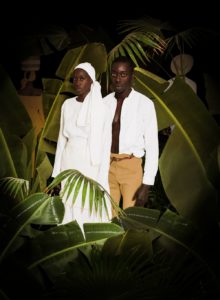
Omar Victor Diop: LIBERTY, Universal Chronology of Black Protest, (2016)
Nanny et Quao, Jamaîque 1720
English text scroll down
L’histoire des relations entre les sociétés africaines et les puissances occidentales a très tôt été marquée par des privations des libertés fondamentales des populations du continent.
Celles-ci trouvaient leur justification dans le besoin éprouvé par les puissances dominatrices d’imposer des systèmes leur permettant de légitimer et d’organiser diverses formes d’exploitation du continent et de ses richesses.
La destinée des sociétés africaines et subséquemment, celle de la diaspora, s’en est trouvé altérée a jamais.
En effet, durant toute l’ère débutant par la traite négrière, et se poursuivant par la période coloniale, puis par les indépendances sur le Continent et l’émancipation en Amérique, les peuples noirs du continent et de la diaspora, se sont retrouvées dans la nécessité de tenter de restaurer et préserver ce qui leur avait été arraché : leurs libertés.
Partant de ce constat, il n’est pas superflu d’énoncer le concept de protestation Noire pour évoquer une chronologie des mouvements d’affirmation, de contestation et de revendication initiées pour la cause de la dignité, de la liberté des noirs, à travers le monde.
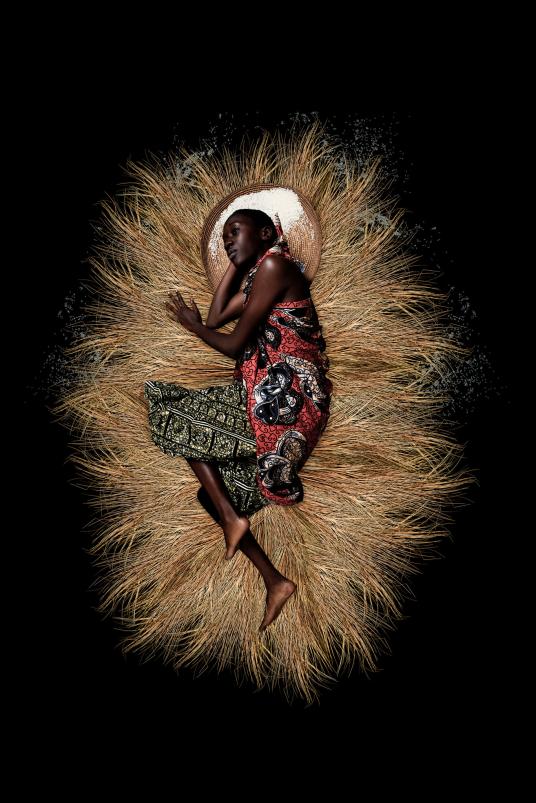
Aline Sitoe Diatta, Senegal, 1944
Liberty évoque, interprète et juxtapose des moments marquant de cette protestation Noire certes différenciés par le temps, la géographie ou l’ampleur, pour souligner ce qui permet pourtant de les placer dans une même chronologie, celle d’une quête éperdue d’une liberté bafouée.
Les dates marquantes ne manquent pas; l’histoire de la protestation Noire est riche, qu’il s’agisse de révoltes d’esclaves, de marches pour l’émancipation ou contre l’Apartheid, de mouvements pour les indépendances, ou encore contre des violences policières. Pourtant, très peu pensent à faire un parallèle entre la chronologie des mouvements de protestation sur le continent et celle de mouvements similaires ayant été initiés au sein des diasporas à des périodes concomitantes… J’ai souhaité m’interroger sur cet aspect, en essayant d’avoir une lecture plus universelle de l’histoire de la protestation Noire, afin de construire des passerelles permettant de mieux comprendre la question.
L’approche prend ici une dimension allégorique, notamment par le placement d’éléments symboliques, empruntés au langage floral. Le ton de Liberty n’est pas celui de la lamentation, mais plutôt celui du recueillement, de la solennité et de la célébration d’une quête ineffable d’une liberté trop souvent bafouée.
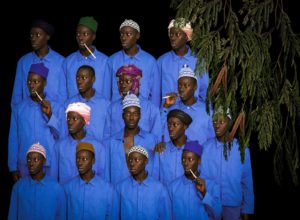
The W/African Railway Strike, 19
The history of relations between African societies and the Western powers was characterized at an early stage by deprivations of fundamental freedoms of the people of the continent. These were justified by the need felt by the domineering powers to impose systems allowing them to legitimize various forms of exploitations of the continent and its riches.
The destiny of African societies and subsequently that of the diaspora was altered forever.
Indeed, throughout the era beginning with the slave trade, and continuing with the colonial period, followed by independence on the continent and emancipation in America, black people found themselves in the need to restore and preserve what had been taken from them: their freedoms.
On this basis, it is not superfluous to state the concept of Black protest to evoke a chronology of affirmation movements initiated for the cause of dignity, freedom of blacks, throughout the world.
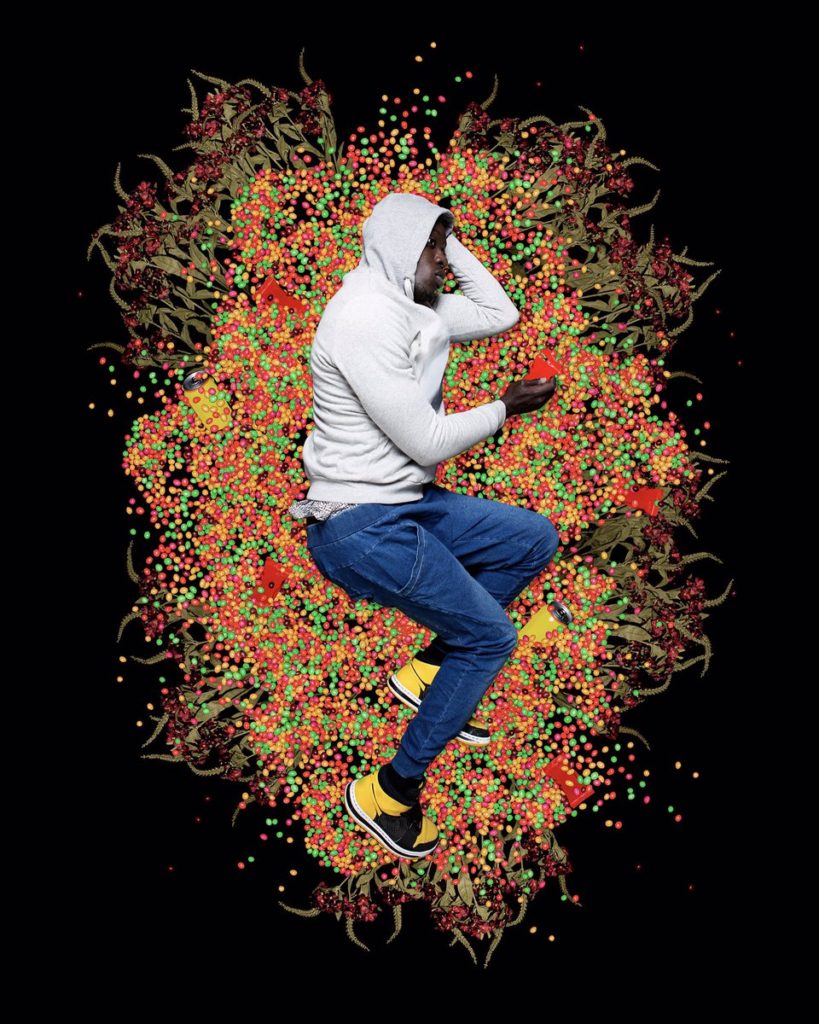
Trayvon Martin, 2012.
Liberty recalls, interprets and juxtaposes moments of this Black protest differentiated by time, geography or size, placing them in the same chronology, that of a frantic quest for freedom.
Key dates abound; history of Black protest is rich, whether slave revolts, marches for emancipation and against apartheid movements for independence, or against police violence. Yet, very few think of a parallel between the chronology of protests on the continent and that of similar movements that have been initiated within the diaspora to concurrent periods …
The approach is allegorical, including the placement of symbolic elements, borrowed from the floral language. The tone of Liberty is not that of lamentation, but rather that of contemplation, solemnity and celebration.
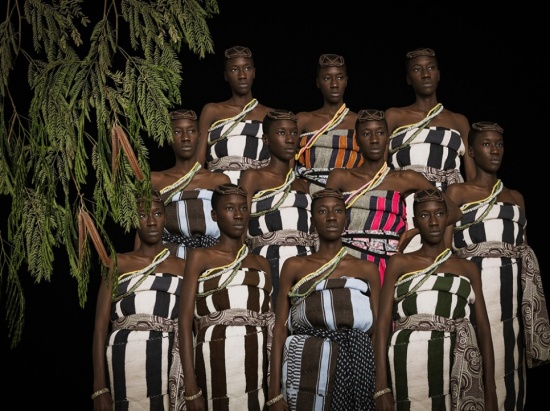
The Ibo Women’s War, 1929
Bio
Omar Victor Diop was born in Dakar in 1980. Since his early days, Omar Victor Diop developed an interest for Photography and Design, essentially as a means to capture the diversity of modern african societies and lifestyles.
The quick success of his first conceptual project Fashion 2112, le Futur du Beau which was featured at the Pan African Exhibition of the African Biennale of Photography of 2011 in Bamako (Rencontres de Bamako) encouraged him to end his carrer in Corporate Communications to dedicate to photography in 2012.
Omar Victor Lives in Dakar, his body of work includes Fine Arts and Fashion Photography as well as Advertising Photography. He enjoys mixing his photography with other forms of art, such as costume design, styling and creative writing.
His work is interrogative and intriguing, prospective, yet a tad vintage and draws inspiration from Diop’s international uplifting, as well as his african visual heritage.(texts website artist)
